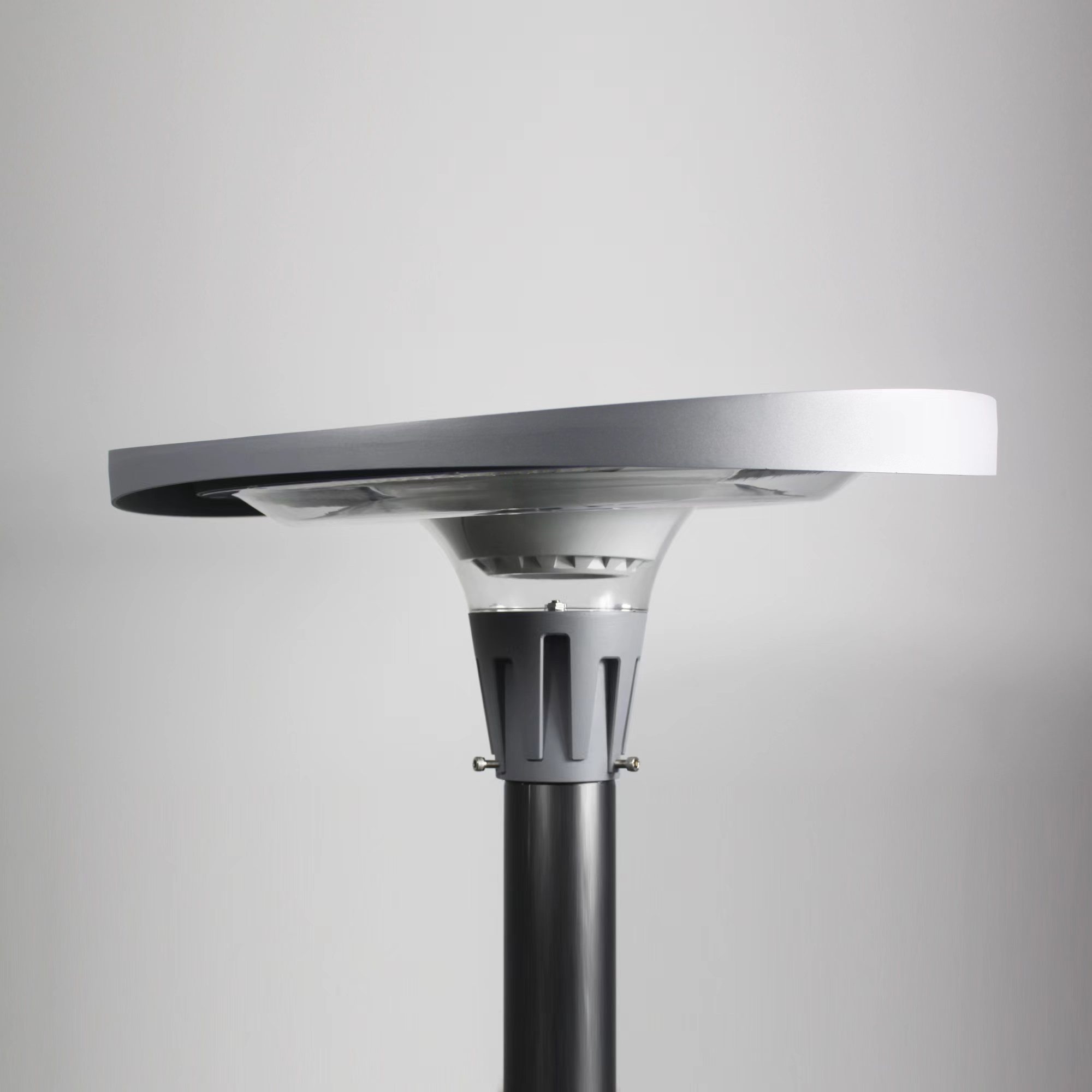

















TianD as a leading manufacturer and exporter of solar street lights, our company takes immense pride in delivering high-quality, reliable, and innovative lighting solutions to clients worldwide. The images showcased here are real-world installation cases of our integrated and split-type solar street lights, which have been successfully deployed in various international markets. These projects stand as a testament to our commitment to excellence, durability, and sustainability.Our integrated solar street lights combine advanced photovoltaic technology with efficient LED lighting, offering a compact and aesthetically pleasing design that is easy to install and maintain. On the other hand, our split-type solar street lights provide flexibility in installation, allowing for optimal placement of solar panels and light fixtures to maximize energy efficiency. Both product lines are engineered to withstand harsh weather conditions, ensuring long-lasting performance in diverse environments.What sets us apart is our unwavering focus on quality. From the selection of premium materials to rigorous testing at every stage of production, we ensure that each product meets international standards and exceeds customer expectations. Our solar street lights are designed to deliver consistent brightness, extended battery life, and minimal maintenance requirements, making them a cost-effective and eco-friendly lighting solution.With years of experience in the industry, we have built a reputation for reliability and innovation. Our dedicated R&D team continuously works to improve product efficiency and incorporate the latest technological advancements. By choosing our solar street lights, clients are not only investing in superior quality but also contributing to a greener and more sustainable future.We take pride in our ability to customize solutions to meet specific project requirements, ensuring that our products seamlessly integrate into any environment. Our global presence and successful installations across multiple continents reflect our capability to deliver world-class solar lighting solutions. Partner with us, and experience the perfect blend of quality, performance, and sustainability.



